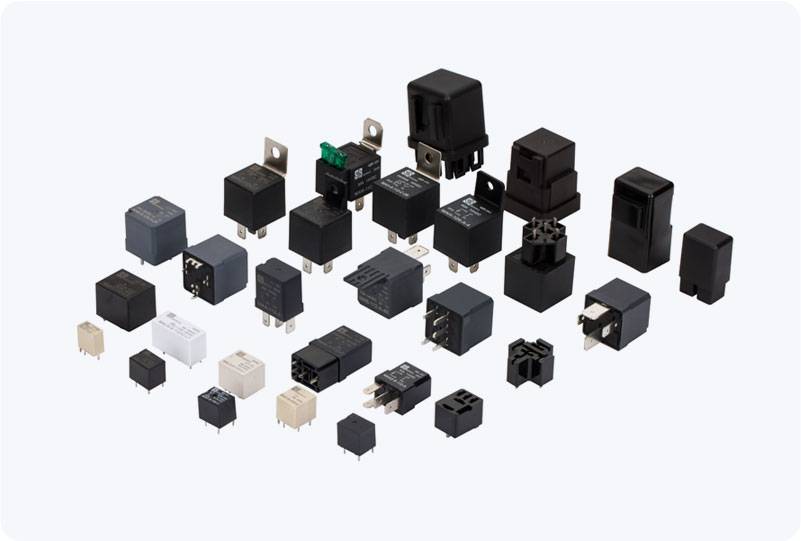
A Capacitor Precharge Circuit Relay is a crucial component in modern power electronics systems. It ensures smooth operation and protection of sensitive equipment during the start-up process by managing the inrush current to capacitors. This precharge mechanism helps prevent damage from high startup currents that can negatively impact power supplies, inverters, and other electronic devices. In this article, we will explore the importance, working principle, applications, and benefits of using a Capacitor Precharge Circuit Relay in various electronic systems.

A Capacitor Precharge Circuit Relay is an electrical circuit designed to precharge capacitors before applying the full voltage. This is especially important in systems where the charging of large capacitors occurs quickly, leading to a high surge current that could potentially damage sensitive components. By controlling the rate at which capacitors charge, a precharge circuit ensures that the system remains stable and reliable during startup.
The precharge circuit typically incorporates a relay and resistors to manage the initial charging phase. The relay is used to switch between the precharge stage and normal operation once the capacitor voltage reaches a safe level. During the precharge phase, a limited current flows through the capacitor via a series resistor, gradually bringing the capacitor voltage in line with the system voltage.